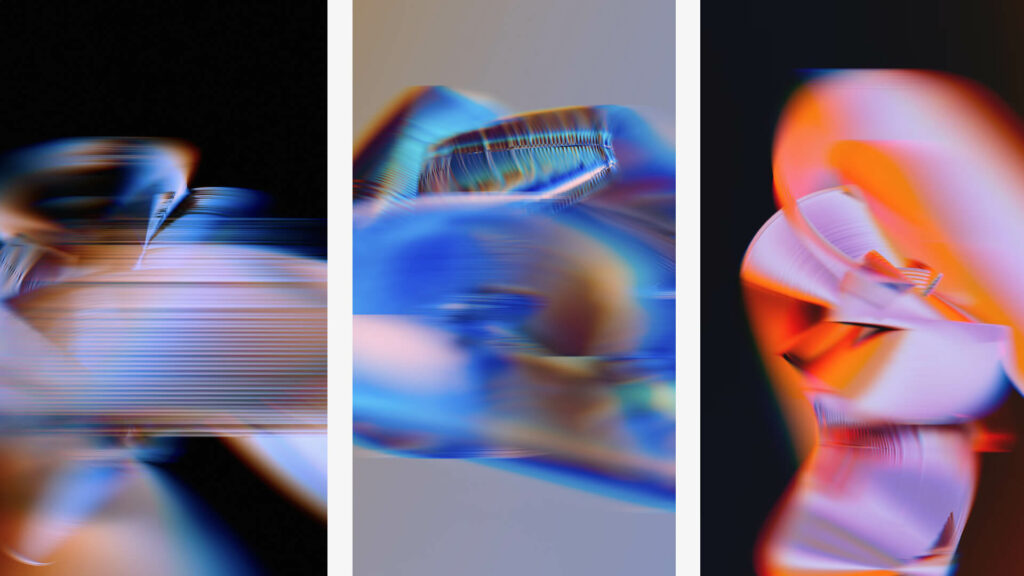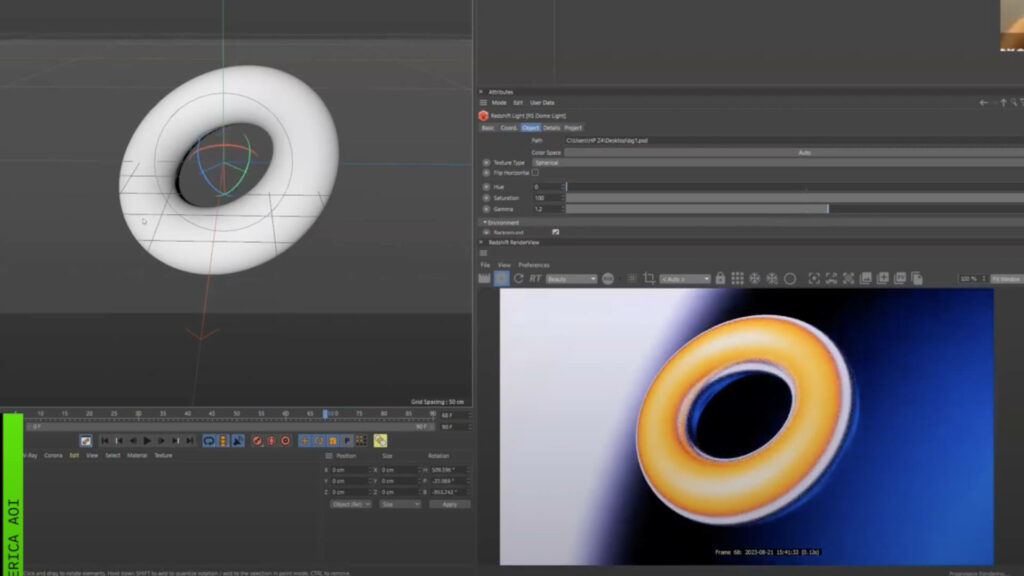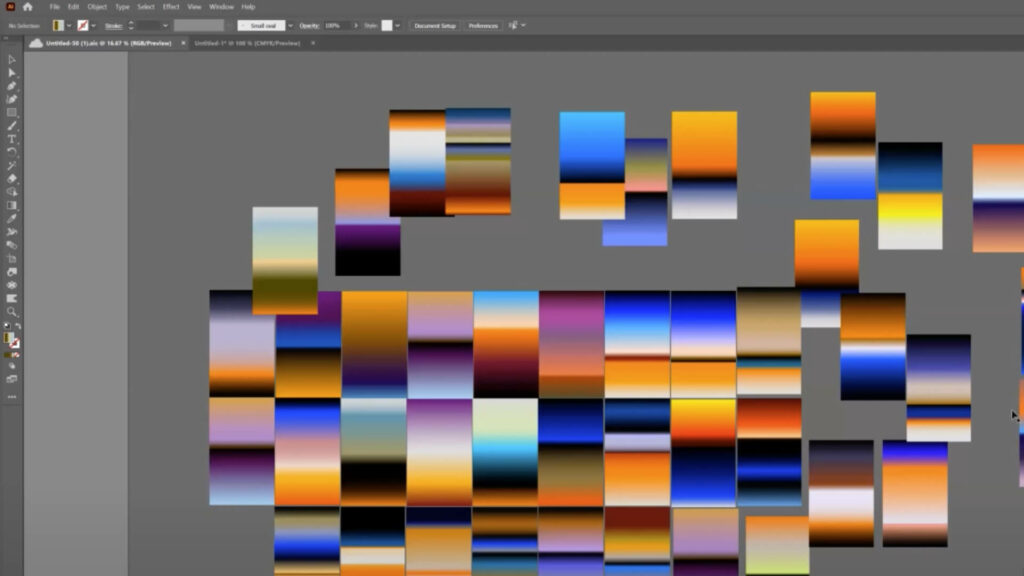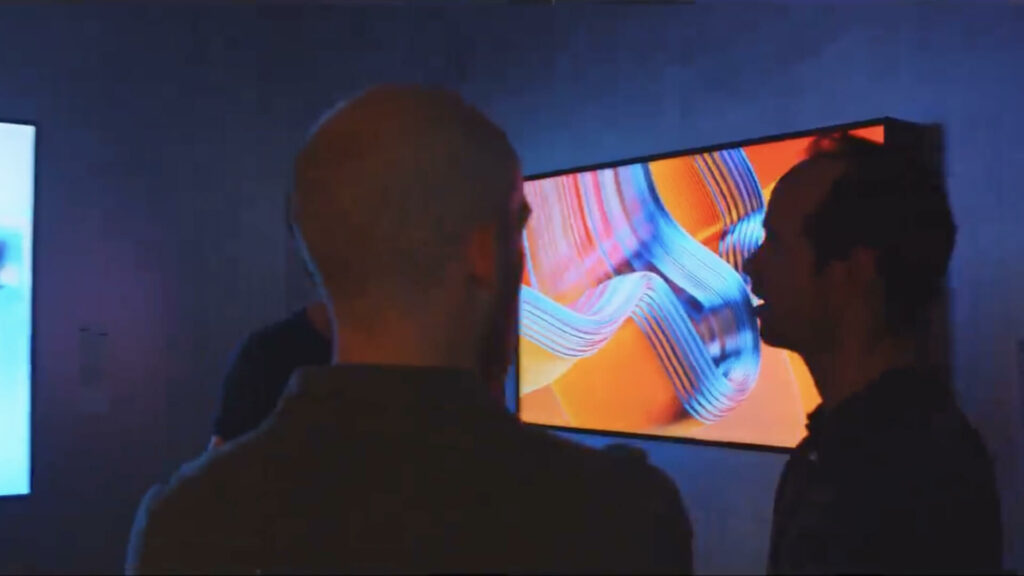Artist Rick Ostenbrook discussed his involvement and creative journey in producing the Momentum Collection as part of the Velocity Series by byBit & RedBull Racing. He was the first artist for the Velocity Series and joined this initiative after discussions with renowned brands Red Bull and Bybit piqued his interest.
A significant challenge of the project was the inclusion of generative art, which was a departure from Rick’s usual one-of-one artistic approach. This required Rick to use data-driven techniques, influencing the aesthetics of his pieces.
Despite being a perfectionist, Rick embraced a method where he allowed the machine to have some control over the art’s outcome. This led to a harmonious blend of human creativity and machine output, creating pieces that were both unexpected and captivating.

The concept of Momentum aimed to portray the synergy between a race car driver and their vehicle. This project was a leap of faith for Rick, pushing him out of his comfort zone and leading to the production of innovative, experimental pieces.
Exploring Gradients & Generative Art
Rick delved deep into the world of gradients and how they interact with 3D objects, particularly how colors merge and reflect off surfaces, leading to captivating visuals.
Using Illustrator, numerous gradients were created in alignment with the artist’s preferences. They were then tested on 3D objects, such as a donut shape, to observe the blending and contrast of colors.

From a whopping 200 gradients tested, only a handful met the desired aesthetic criteria, prompting a simplification of the process to better resonate with audiences.

To enhance unpredictability, the concept of importing randomizing gradients was explored. This ensures a dynamic color change with every frame, based on the gradient combination that emerges.
Rik quickly made a significant realization. In generative art, once an aesthetic or state disappears, it cannot be retrieved. This ephemeral nature of the art forced the artist to relinquish some control and let the computer play a larger role.
While the default was a sphere with “Flow State”, Rik chose to innovate by manipulating the camera perspective. Drawing inspiration from a youthful passion for photography, particularly capturing movement and reflections, this approach added depth and an element of nostalgia to the work.

Rik concluded by stressing the importance of embracing imperfections in art, drawing a parallel to our human nature. This juxtaposition of man versus machine serves as a reminder that imperfections can bring authenticity and depth to creations
Deep Dive into Generative Art and Its Collaborative Essence
In the last segment, Rik offered an introspective view on the integration of generative art into his craft.
The model demonstrated interesting dynamics of focus, with portions appearing clear while others remained blurred, reminiscent of photographs. This focus mechanism, while being randomized and data-driven, has clearly defined boundaries set by the artist.
Rik’s memories of playing with camera settings, especially during a memorable evening with a collector, serve as a testament to his fascination with capturing life’s details. Incorporating cameras into his work acts as a bridge between human perspectives and computational elements.

Achieving an exhibition at the Moco Museum stands as a career milestone for Rik. Having spent two decades in the creative domain, seeing his digital art in a museum is both surreal and gratifying. The recent collection stands out, not merely for its visual appeal but the depth of thought behind it. The focus wasn’t just on aesthetics but a deep understanding and introspection.
Generative art has transformed Rik’s creative approach. Instead of focusing on single outputs, he now thinks about styles and palettes collaboratively with the computer as a partner rather than a tool.
Artists like Snowfro and Tyler Hobbs on platforms such as Art Blocks have reshaped Rik’s perceptions about generative art. This has not only shifted his artistic perspective but also expanded horizons for the art community. He is genuinely enthused about the ongoing evolution in the art world, citing it as the dawn of a novel creative epoch.
Watch the whole interview here:
